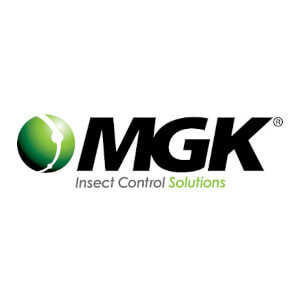As urban areas are expanding and homes are being built closer to animal production facilities, your pest control business is likely to see an increase in complaints of flies and other pests in residential areas. Pests are more than just an inconvenience for livestock producers; they are devastating to the herd in the form of weight and production losses and death to animals through insect-vectored disease pathogens. Animal production facilities are ripe with organic matter and food resources that allow pests to flourish. As your pest control business continues to grow, just as the cities and towns do, it’s important to ask yourself a question: Have you considered other opportunities like farm and livestock pest management?
Fly control. Flies are the biggest offender when considering the overlap of urban and livestock pest management. House flies are the most commonly encountered pests because they live in close association with humans and confined animals and will feed on almost any organic matter. As the gap between farms and urban areas closes, the biggest threat of flies is their ability to mechanically transmit pathogens. As house flies feed on manure, they will pick up pathogens like E. coli or Salmonella. After a short flight to an urban kitchen, it’s possible for these pathogens to be transferred to Mom’s Sunday dinner. Other flies to be considered that could impact homes as well as farms include stable flies, horn flies, and face flies.
Bird control. Bird control tactics commonly used in urban areas can be utilized in animal production facilities as well. Birds are attracted to the plentiful insects associated with animal facilities and are a nuisance to animals and workers. Additionally, birds may transmit pathogens that cause diseases such as bird flu to chickens. Control tactics such as bird netting and sonic repellants are applicable in both urban and animal production areas.
Rodent control. Rodents, such as rats and mice, damage property and pose health risks to humans and animals alike. Just as in homes, rodents are attracted to the harborage of animal production barns, as well as the availability of food, such as feed grains. Just like in urban areas, implementing physical barriers, trapping, and sanitation are all effective means of rodent control in animal facilities.
Your goal when handling a pest problem in homes is the same as your livestock pest management goal – to maintain the health of the environment, people and animals. Expanding your business to include farm and livestock pest management can better serve your customers both in the home, out with the herd, and all the areas between.

